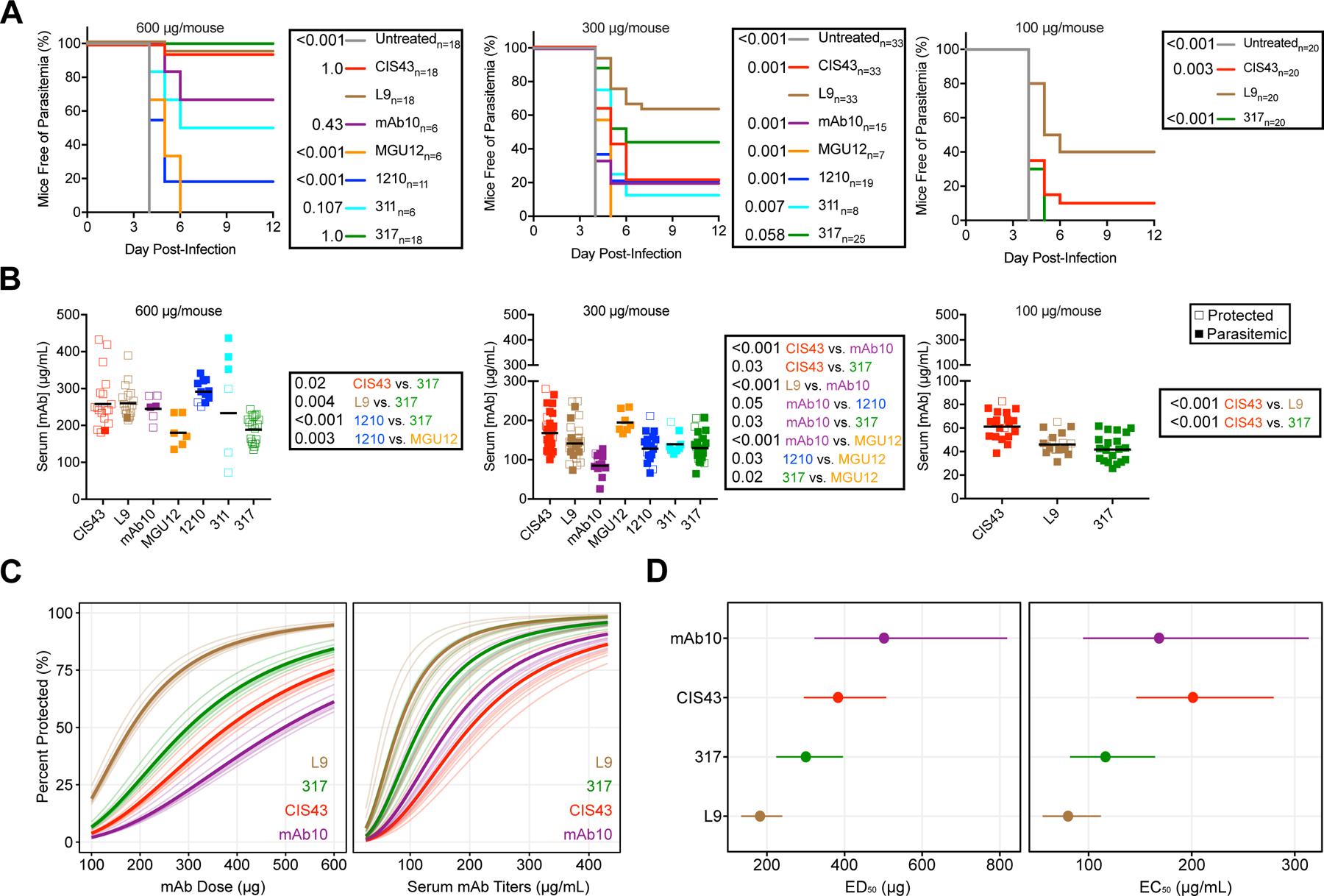Figure 4. L9 is more potently protective than several published PfCSP mAbs.

(A) Survival curves of mice challenged with five infected mosquito bites 3 days after passive transfer of 600, 300, or 100 µg PfCSP mAbs (n=number of mice/group; data were combined from seven independent blinded experiments). P-values were determined by comparing L9 to every other mAb and untreated control using the log-rank test. (B) Serum mAb titers one day prior to challenge in mice from A. P-values were determined by comparing mAbs to each other using the Kruskal-Wallis test with Dunn’s post-hoc correction. (C) Dose-response relationship of infection probability (percent protected) versus mAb dose (µg) and pre-challenge serum titers (µg/mL) for L9, 317, CIS43, and mAb10 estimated by a 2PL regression model. Thick line denotes average relationship across all experiments; lighter lines denote individual experiment relationships predicted from the model. (D) ED50 and EC50 with 95% confidence interval (CI) of L9, 317, CIS43, and mAb10 estimated from the 2PL model. See also Figure S4; Tables S3–4.
